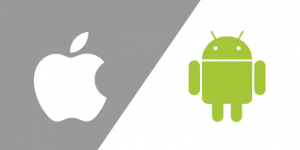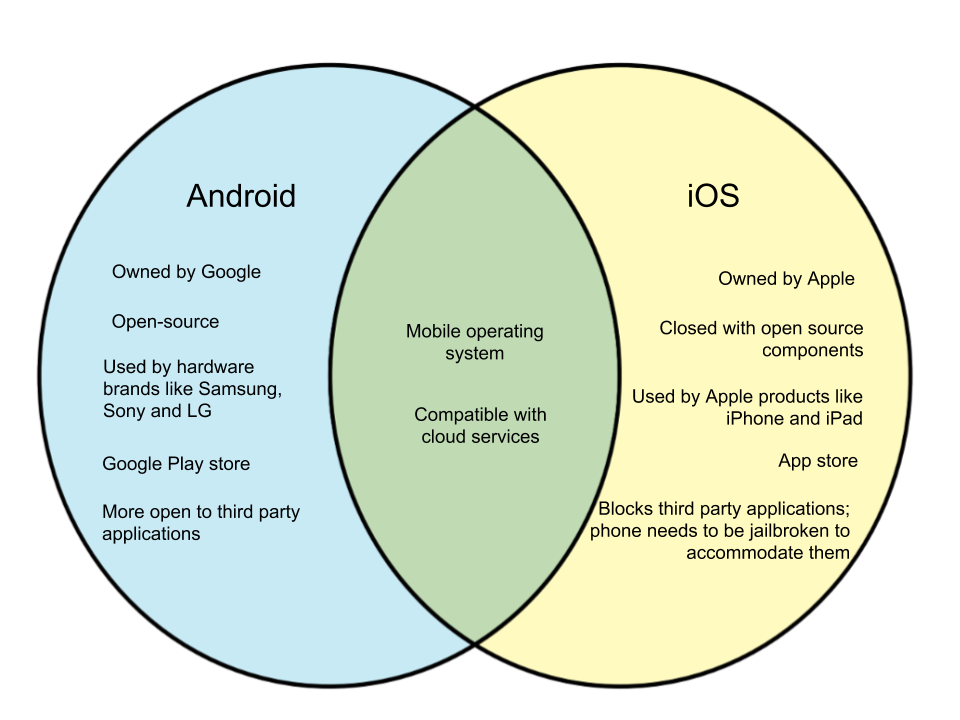Difference Between Android and iOS
There are various mobile operating systems in the market. Among them, Android and iOS are two of the most popular. Each cater to the same market and compete to offer features that can appeal to the public. In this article, we will discuss the main differences between Android and iOS.
Android
Android is an open-source mobile operating system that was developed by Google and Open Handset alliance. It is perhaps the most widely used mobile operating system due to the fact that it caters to different hardware brands like LG, Samsung, and Sony. Google is the key player in Android - many applications revolve around the brand such as Google Maps and the Play Store. Many smartphone users prefer using Android because of its high customizability, widgets, and larger array of apps in the store. It is also more open to third-party applications as well as side-loading. However, it can also be exposed to malicious apps because of its open system.
iOS
iOS is the mobile operating system that was developed by Apple, Inc. It is the official mobile OS used for all Apple gadgets. This includes the iPhone, iPad, and iPad. Unlike Android, it is a closed system, although it does come with open source components. iOS is also known for Siri, the voice command assistant that can search, perform commands, and even respond to the user. The iOS store is called the App Store and is relatively stricter than Android. There are as many paid apps as free ones, and the purchasing process in iOS is also stricter and more elaborate. In effect, however, there is less risk of malicious applications in the iOS system.
| Header text | Android | iOS |
|---|---|---|
| Owned by | Apple | |
| Released on | Sept. 23, 2008 | July 29, 2007 |
| Source | Open-source | Closed, but with open source components |
| Compatible with | Many hardware brands like Sony, Samsung and LG | Apple devices like the iPhone and iPad |
| Mobile application store | Play Store | App Store |
| Applications | Wide array of choices but with higher risks on malicious programs | Relatively little choices, but also more secure when it comes to malicious apps |
| Voice command | Google Assistant or Google Now | Siri |
| Video chat | Mostly third-party apps | Facetime |
| Alternative app sources | Sideloading, APKs, etc. | Blocks third party applications |
| Media backup | Google Photos for unlimited backup as well as other available applications | iCloud for backup with 5GB free, paid subscriptions; available apps in the store for other storage options |
| Cloud services | Google native integration with apps available for DropBox, OneDrive, and Amazon Photos | iCloud native integration with apps available for DropBox, OneDrive, Amazon Photos, Google Drive and Google Photos |

